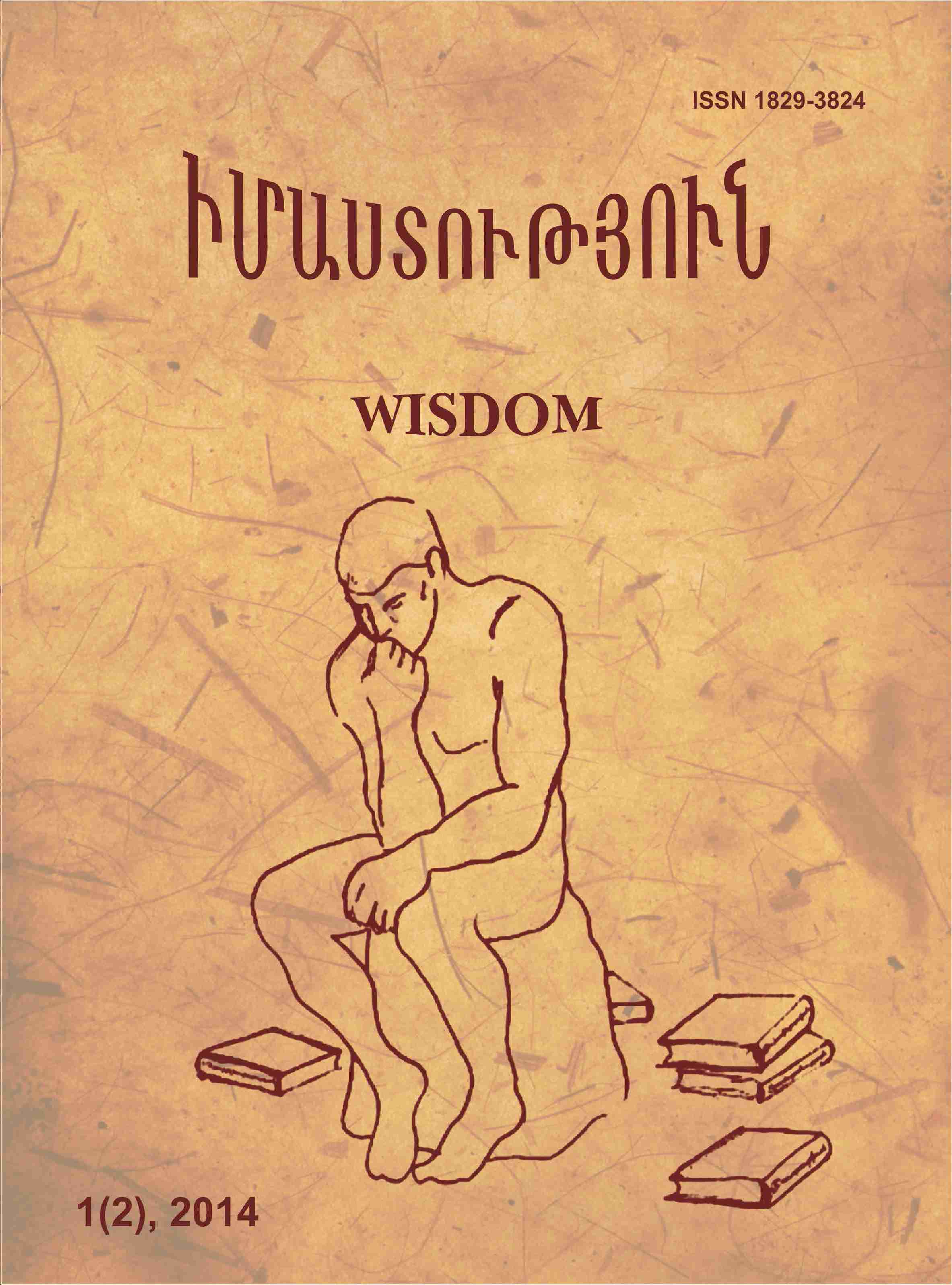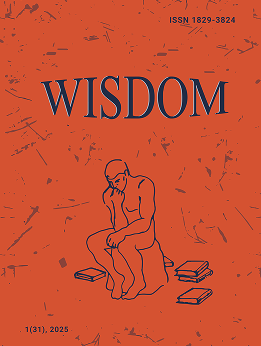The Problem of Motion in Microworld (a Transformational Analysis)
DOI:
https://doi.org/10.24234/wisdom.v2i1.31Keywords:
transformational logic, motion in the microworld, quantum electrodynamics, quark, photoelectric effect, wave-particle duality, nuclear forcesAbstract
Transformational logic can be very helpful for correcting the meaning and use of the concepts of space, time, and motion. The need of such research is especially acute when researching the phenomena of the microworld since one can’t use here such basic concepts as the inner special structure of microobjects and the concept of trajectory of elementary particles that compose them. In this regard it should be useful to suggest a new interpretation for the principles of complementarity and corresponddens in the light of the most recent discoveries in the physics of elementary particles as well as in the light of the transformational logic.
Downloads
References
2. Bohr, N. (1971). Collected Scientific Works. P. II. M., “Science” (in Russian).
3. Brutian, G. (ed.) (2008). Transformational logic. Book 1 and Book 2. Yerevan. «International academy of philosophy» publ.
4. Brutian, G. (1987). Course of logic: Yerevan, ed. Yerevan State University (in Armenian).
5. Brutian, G. (1983). Transformational logic. Yerevan: ed. NA Arm. SSR (in Russian).
6. Djidjian, R. (2008). Transformational Logic as a Basis for Machine Understanding. // Brutian, G. (ed.).
7. Transformational logic. Book 2. Yerevan. «International academy of philosophy» publ., (pp. 555-571) (in Russian).
8. Djidjian, R. (2002). The Secret of Geniality. Yerevan: “Noyan Tapan” publ.
9. Djidjian, R. (1988). Transformational logic and argumentation. Questions of philosophy, Yerevan, 1988, ? 6, 7, pp. 228-235.
10. Djidjian, R. (1983). Getting ready for great discoveries. Yerevan, Yervan state univ. publ.
11. Feynman, R., Leighton, R., Sands, M. (1966). The Feynman Lectures on Physics, Moscow, 1976, A. (1968). Problems in the Philosophy of Science. Amsterdam.
12. Vasilevski, A.C. (1991). Course of Theoretical Physics, Moscow, (in Russian).
Downloads
Published
How to Cite
Issue
Section
License
Creative Commons Attribution-Non-Commercial (CC BY-NC). CC BY-NC allows users to copy and distribute the article, provided this is not done for commercial purposes. The users may adapt – remix, transform, and build upon the material giving appropriate credit, and providing a link to the license. The full details of the license are available at https://creativecommons.org/licenses/by-nc/4.0/.















